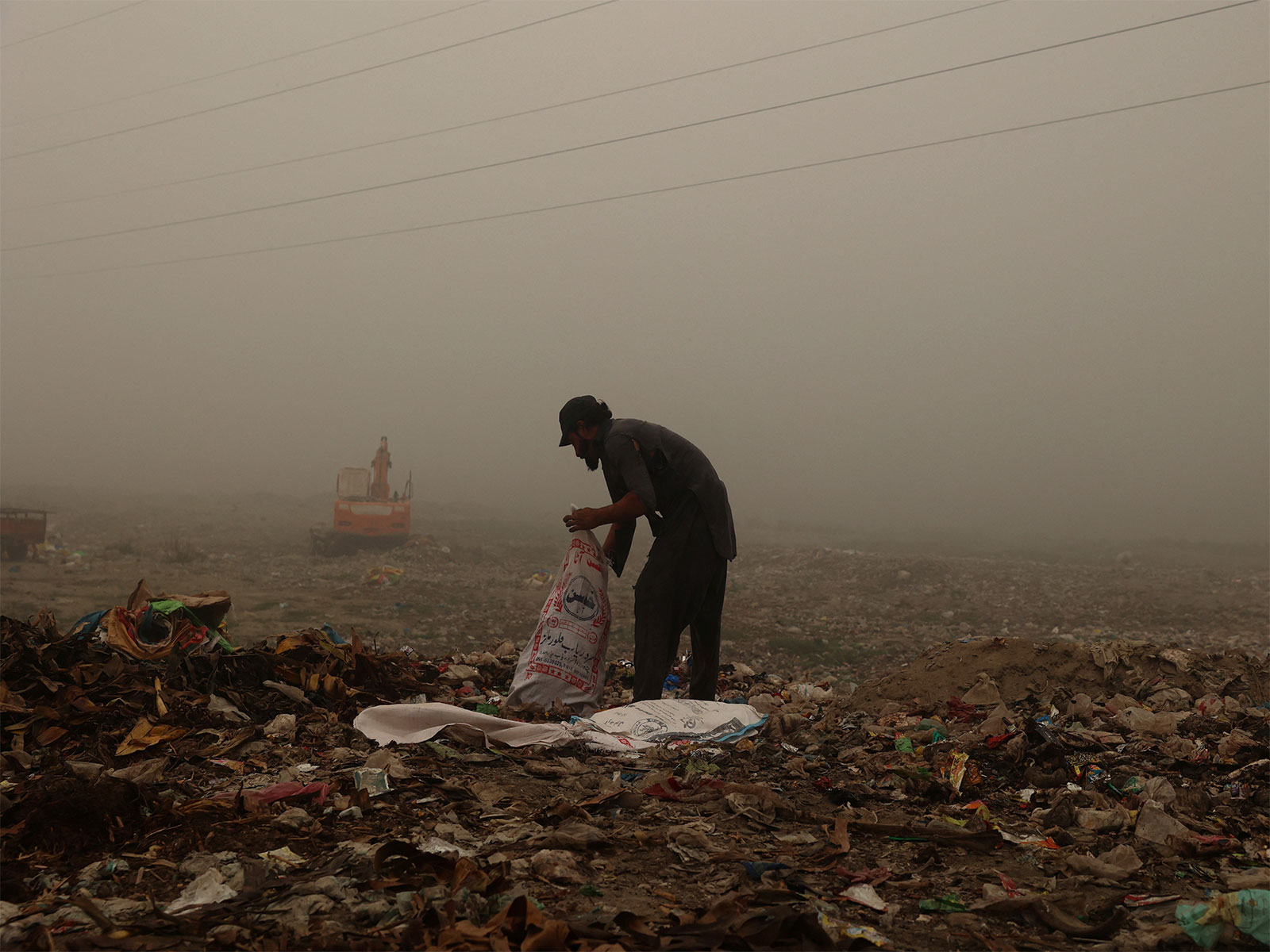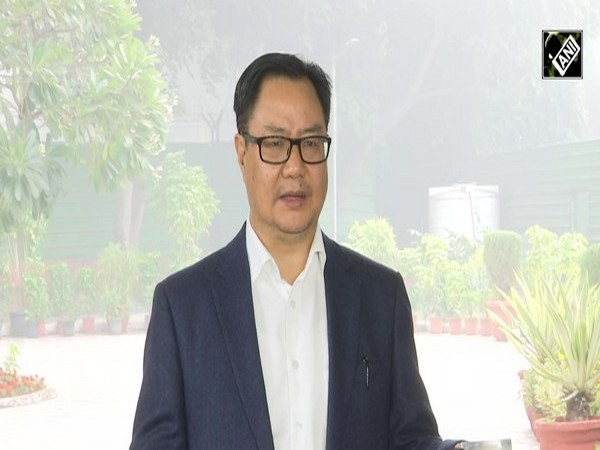Nepal's first transport tunnel being built with Japanese loan witnesses major breakthrough
Apr 15, 2024

Dhading [Nepal], April 15 : Nepal's first-ever transport tunnel, the Nagdhunga-Sisneri Tunnel, being built with Japanese aid, witnessed a breakthrough on Monday.
Nepali Prime Minister Pushpa Kamal Dahal switched on the electric control for the controlled explosion for the breakthrough of the tunnel, bringing down the 2 metre portion, marking it as a breakthrough and the end of the digging process.
The tunnel, covering a length of about 2,688 metres, connects Sisnekhola of Dhading to Totipakha of Chandragiri Municipality-1 in Kathmandu. But it will come into operation after a year as other infrastructural improvements remain to be completed.
"The Naagdhunga section falling under the Prithivi Highway has been experiencing high traffic, sloppy terrains and danger while travelling, as well as a heightened fear of possible landslides. This project was conceptualised to overcome those problems. As a result, this tunnel would help improve the traffic condition of the area, save travel time and cost, and contribute to a smooth transition between the national capital and other districts of the nation," Prime Minister Pushpa Kamal Dahal said, addressing the event held inside the tunnel.
However, it will take some time to fix lights and oxygen pipes and upgrade the road inside the tunnel, it is said. The total cost of the project is around NRs 22 billion. It is being developed by the Japanese company, Hazma Ando Corporation.
Nepal and Japan had undertaken various surveys and studies from 2013 to 2015 to study the feasibility of the construction of Nepal's first transport tunnel. The under-construction tunnel started its work in 2019, right before the outbreak of the COVID-19 pandemic.
As per the project office, the main tunnel covers a distance of 2,688 metres with 2 lanes of 3.5 metres in width, while the rescue or evacuation tunnel has a length of 2,557 metres with a width of 4.7 metres.
Nepal and Japan signed the contract for construction of the tunnel on September 23, 2019, while the commencement started on November 14, 2019.
Upon completion, the tunnel is claimed to reduce travel duration by 2.8 kilometres, saving 33 minutes while entering Kathmandu and 23 minutes while exiting the national capital.
Funded by the Government of Japan under Official Development Assistance (ODA) through the Japan International Cooperation Agency (JICA) and the Nepal government, the project's overall cost is NRs 22.14 billion, with the Nepal government contributing Rs 5.85 billion and JICA lending the rest, NRs 16.5 billion (up to JPY 16.636 billion).
Under ODA, JICA provides loan assistance to low-income, least-developed countries at an interest rate of 0.01 per cent for 40 years, including a 10-year grace period where no interest or installments will be applicable.
A joint venture (JV) of Nippon Koei, Eight Japan Engineering Consultants, Nippon Civic Consulting Engineer in association with GEOCE Consultants, and ITECO-NEPAL is consulting on the construction project, while Hazama Ando Corporation, a Japanese construction company, is contracted for the construction purpose and was also contracted to build the Banepa-Bardibas Highway and Koteshwor-Suryabinayak road section.
The project has finished construction of all of the overpass bridges (1), underpass bridges (3), box culverts (4), and bridges (3), while one flyover remains to be finished. The tunnels will be equipped with 24-hour ventilation (Jet fan) and lighting system installation, while the approach road will have a Michi-No-Eki near the West Portal Site.
It is anticipated that the tunnel will provide a better alternative, ease traffic congestion, improve vehicular movement in the Naubise-Nagdhunga section, which has traffic clogs and poor vehicular movement due to poor road conditions, sharp curves, and steep gradients, save travel time and expenses for travellers and cargo vehicles, reduce fuel consumption (petrol and diesel) and expenses on spare parts, and lessen air pollution.



















